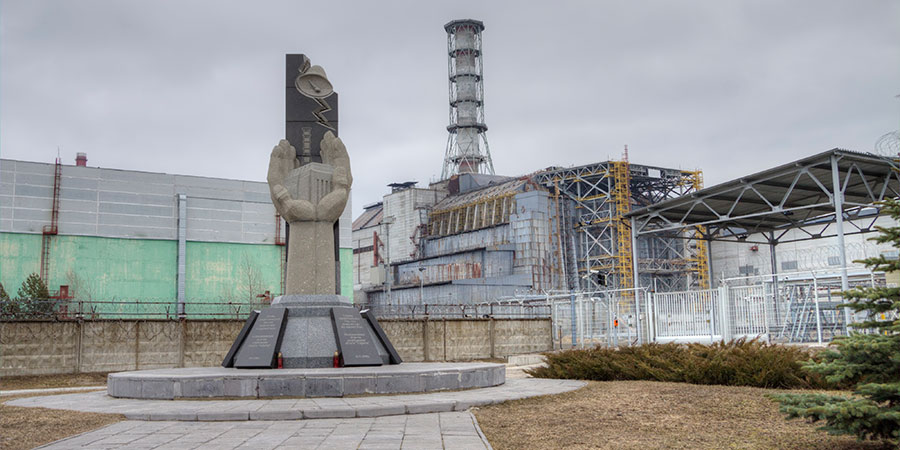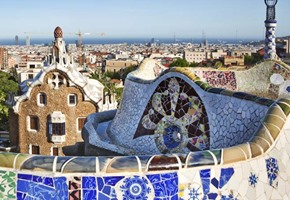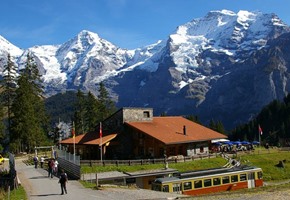What do the Changi prison in Singapore, the concentration camps of Poland, the wastelands of Chernobyl and the site of Ground Zero in New York have in common? Well, each one is a choice and enthralling destination in the eyes of one controversial and morbid arm of the international travel industry. From disaster zones to sites of unimaginable human cruelty, humanity's fascination with the tragic and the grotesque has provided the industry of dark tourism its very own audience from which to make money off.
It may sound like a niche brand of tourism specialising in trips to northern Scandinavian in the deep midwinter but in reality, dark tourism is a travel fad whose very nature is divisive to say the least. This is the idea of planning a trip or holiday to destinations with terrible and horrendous pasts in order to explore their history and to see the places where horrifying events took place. Locales include current and former war zones, infamous prisons, abandoned nuclear towns, sites of extreme poverty and mass graves. All of these are on the table in the eyes of the dark tourism industry, and there are many moral questions which surround its practice.
Proponents of this sub-category of the industry claim that it is a matter of honouring those who have died or suffered in the dark tourism destinations, and that to avoid them is to deny the atrocities which occurred never happened at all. Opponents claim it is disrespectful to profit from such sites, and that by visiting, you are trampling over the memories of the victims. In this blog post, we're going to take a deeper look at both sides, revealing the nuances of the arguments for and against the phenomenon of dark tourism.
In support of dark tourism
Perhaps the most compelling argument in favour or rather, in dark tourism's defence, is simply that visiting sites of immense human tragedy honours the dead and reminds us of the lessons learned from those destinations. It provides an opportunity for us to pay our respect to those who have lost their lives, and indeed, this can be seen at dark tourism destinations across the world. Auschwitz serves as a prime example, the tours and exhibits serving as a sombre and awful reminder of the human capacity for cruelty and violence. Anyone who visits can attest to the terrible atmosphere surrounding the camp, leaving a stark memory and teaching newer generations about the brutal history of the Nazi regime.
Another arguments presents the case that without dark tourism and without the opportunity to visits those places with dark pasts, it is almost as if we are erasing them from our history and pretending as though they never happened. Consider new releases of old films from the 20th century which depicted behaviours which were acceptable by the standards of the time, but in our eyes are entirely reprehensible, such as racism, child abuse, gender bias and homophobia. These new releases often come with the statement that while the studio holds those attitudes in contempt and recognises those scenes as biased and morally wrong, to omit them from the film is to pretend as though those attitudes and scenes never existed in the first place. Keeping them in the film allows us to teach our children about the incorrect nature of those beliefs.
It is the same ideology which comes into play with the concept of dark tourism. By restricting access to sites of tragedy, we are effectively erasing them from our history and the education of younger generations. Dark tourism acknowledges the events, and provides us with the necessary platform to teach the wrongs which were perpetrated.
In opposition to dark tourism
By contrast, the idea of dark tourism itself lends itself to slight distaste. For opponents, the motivation of tourists is at its heart, a morbid curiosity and the basic human fascination with suffering. As dark tourism destinations become more and more attractive to travellers, the hordes descend with their selfies, their garish behaviour and general lack of respect, to trample across the memories of those who perished or suffered. While a great deal of visitors maintain respect and follow the traditions of the local cultures, there are always those who disregard the rules, more interested in their own presence at the memorial sites than the lessons learnt from the history of the locations. A high profile example is when Justin Bieber left an insensitive message in Anne Frank's House's guestbook, or when a stag party visited Ground Zero in their party gear. Critics say that dark tourism excursions devalue the meaning behind destinations, that insensitive visitors lack basic respect, and that sites of such commemoration are being reduced to entries on a bucket list.
Some commentators claim that turning places like Robben Island prison in South Africa, or execution sites into tourism destinations turns these places of memory into economic ventures. There is something inherently wrong with charging visitors access to places where countless have died or tragedy has struck, making profit from tragic history. Visitors are charged extra for entry into the darkest sections of the prisons and the torture chambers they visit, and it often seems as though the organisers and vendors are profiting off the tragedies of places like Alcatraz and on tours over battlefields.
Those are just some arguments for and against the phenomenon of dark tourism. It would be wrong for us to cast our line in on the debate, but to further the conversation, let us know your thoughts in the comments below!






